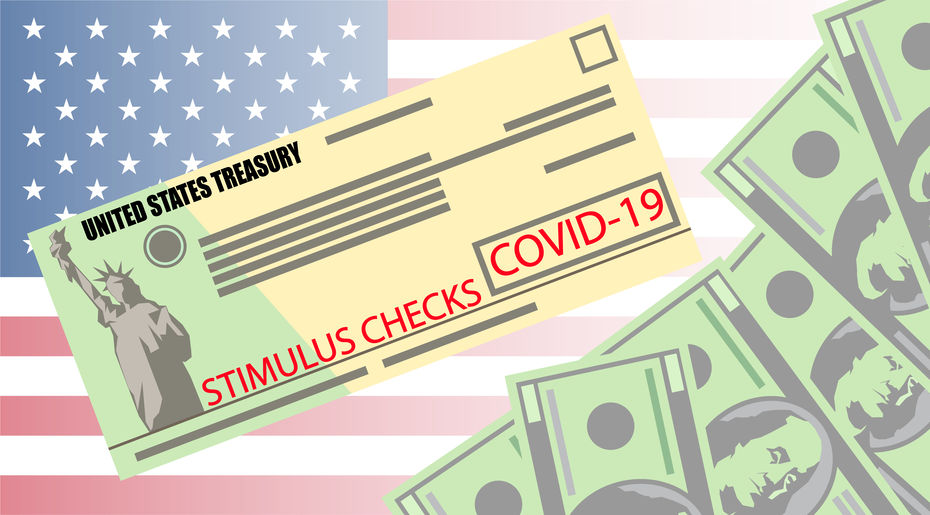Late Sunday December 20, 2020 Congressional leaders reached a consensus on a new stimulus package that would provide another $900 billion in aid, nearly $300 billion of which will be going directly to small businesses. However, the new aid comes with greater restrictions then the last wave of stimulus aid that Congress approved earlier this year.
How does the new Stimulus Package work?
This time around Congress’s focus was on the revitalization of small businesses across the country with $284 billion of the package being used as loans for small business and to revive the Paycheck Protection Program (PPP). Essentially, the federal government will provide your small business with a PPP loan so long as you maintain your current payroll and do not let go of any employees. An area that was neglected during the first stimulus package wave was the entertainment industry. This time around the package will include $15 billion for theaters, performance venues, and other cultural centers that have been struggling across the country for the past year. Additionally, the package will provide individuals making up to $75,000 and children with a $600 one-time stimulus check. As well as providing a $300 boost to the unemployment insurance benefit for a ten-week period to continue providing unemployment checks to those who lost their jobs due to the pandemic.
Can you receive a PPP loan?
The new package provides a new wave of PPP loans for small businesses; however, the original qualifying test applies to this round of loans as it did the first. Those wishing to apply for a PPP loan will have to first determine if the loan is necessary to support on-going operations. Additionally, those applying for a PPP loan must be a Schedule C taxpayer, which includes Limited Liability Companies that opted to be treated as an S-Corp by the IRS. However, these restrictions are now supplemented by additional requirements that Congress has implemented into the new PPP loans. First, applicants must demonstrate that they suffered a 30% reduction in gross receipts from quarters this year in comparison to the same in 2019; and second, the applicant must have no more than 300 employees.
How much are PPP loans?
Those applying for a PPP loan will not receive the same amount as the new package has set guidelines for the amount received by applicants. Those involved in seasonal employment can receive a maximum amount of the average monthly payroll cost of a 12-week period multiplied by 2.5, not exceeding $2 million. The package also provides the ability for new entities to receive PPP loans and the maximum available will be based on the average monthly payroll cost up to the point that such an applicant chooses to apply for the PPP loan multiplied by 2.5, also not to exceed $2 million. Finally, for businesses that operate more than one physical location the maximum available will not exceed $ 2 million and will cover up to 500 employees per physical location. This comes with the same caveat as before that applicants cannot apply for PPP loans while in a bankruptcy proceeding.
Expansion of Eviction Moratorium
With as many as 12 million Americans out of work the eviction moratorium that has been in place for most of the year has helped to provide those suffering from the pandemic economic downturn with housing security. That moratorium was set to expire on December 31, 2020, the new package will extend the moratorium and provide $25 million in emergency rental assistance funds to continue providing much needed security to those at risk of homeless. The additional funds will go a long way not only for tenants who are struggling to make their monthly rent but also landlords who depend on rental income as their main source of income.
What to expect beyond the new Stimulus Package?
Although this new package is smaller than the previous April stimulus package passed by Congress it is a step towards aiding the economic recovery of the pandemic downturn. Legislatures in Washington D.C. are preparing to continue to plan for 2021 and talks of a possible third package as early as January have already begun. The package does not resolve all of the problems that the U.S is facing but it provides much needed aid for those struggling to make housing payments and put food on the table.


